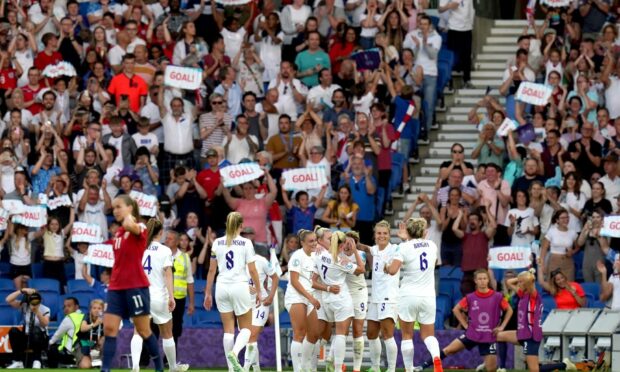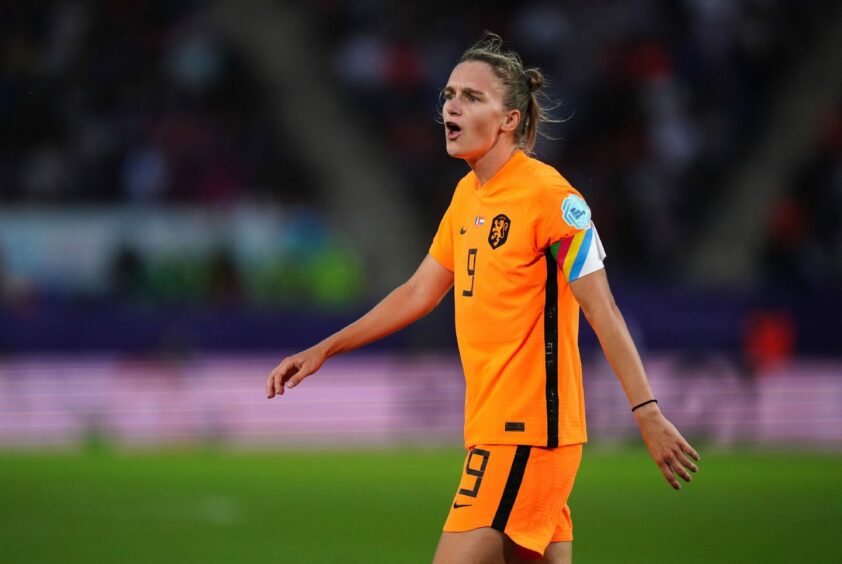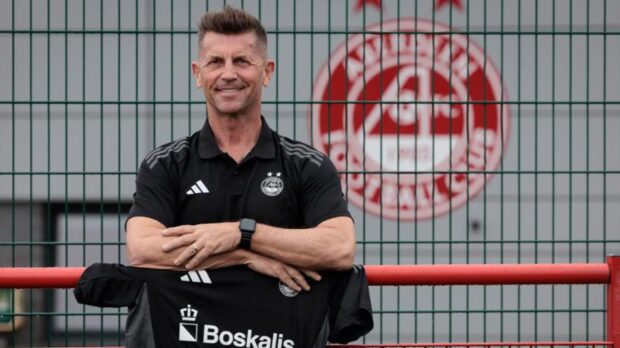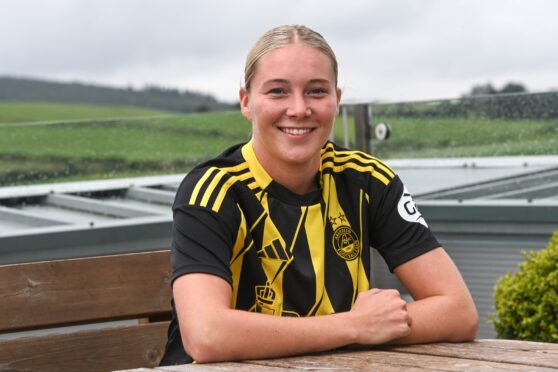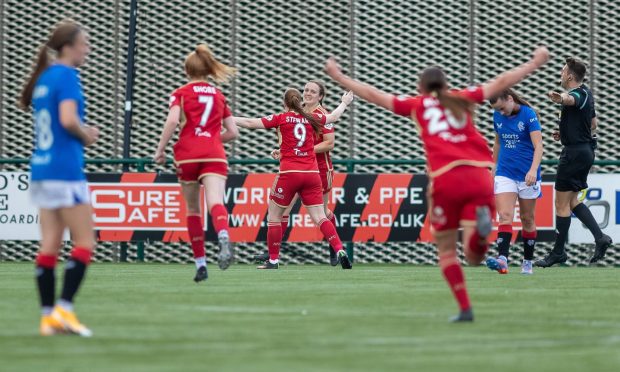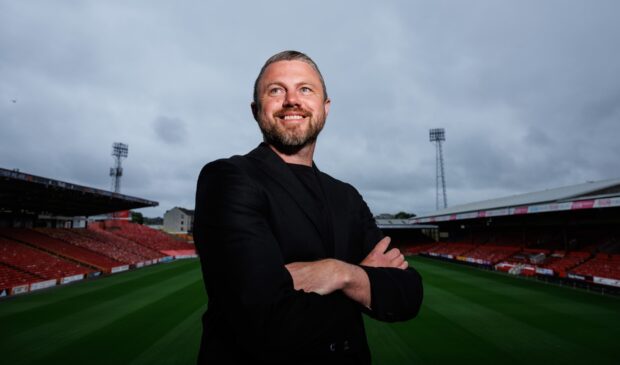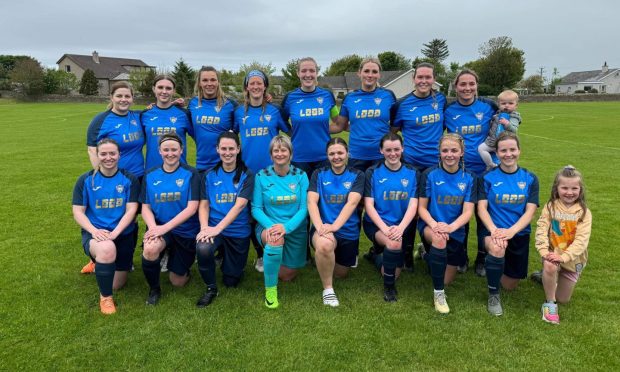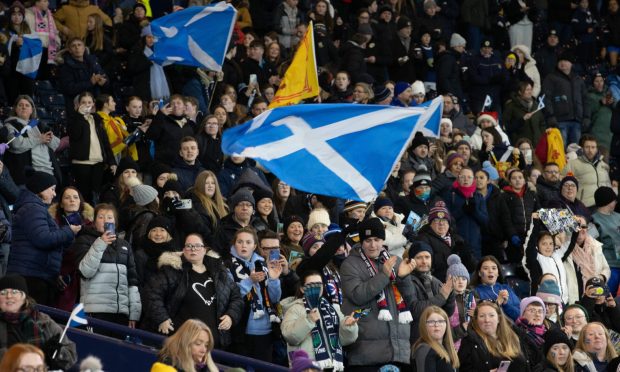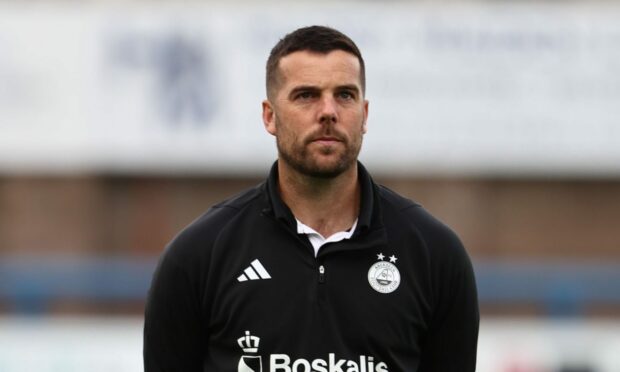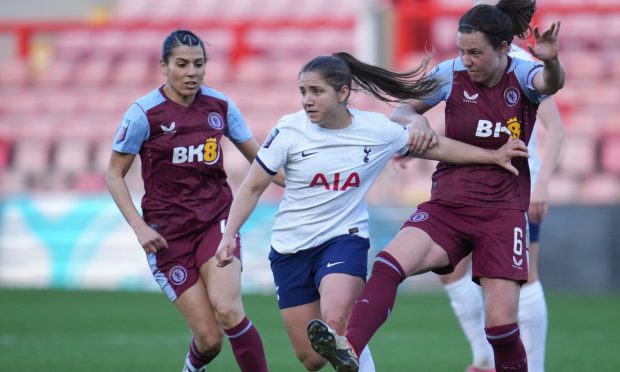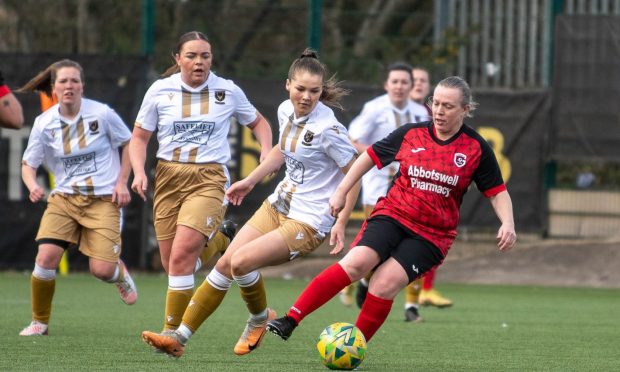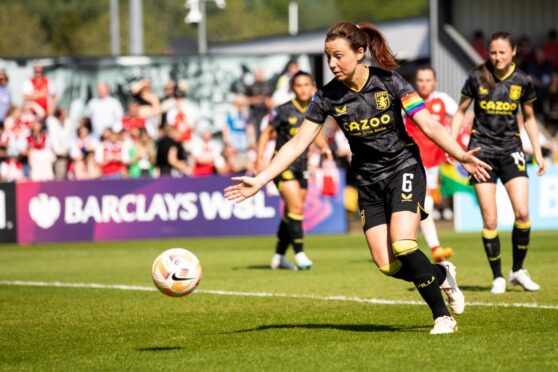This month has been one of the best sporting highlights of my life so far – and most of that has been watching on from my sofa in Aberdeen.
On July 6 the Euros kicked off when England hosted Austria in front of more than 68,000 fans at Old Trafford – a record crowd for a women’s game at a European Championships.
And the records just kept being broken whether that was in the groups or in the knock-outs. It feels like some sort of attendance record has been broken every day.
I was at one of the record-breaking games – until that record got smashed again – when the Netherlands played Sweden at Bramall Lane in Sheffield.
It was without a doubt the best game I’ve been to, thanks to the Dutch fan-walk up to the stadium, the noise from both sets of fans during the game, and of course, the actual football.
For so long, none of my favourite footballers were women. I was giddy like a little kid watching the likes of Magdalena Eriksson and Vivianne Miedema take to the pitch for the Group C clash.
The hype around the Euros has helped me fall in love with the game more. I haven’t owned a football top since I was about 15 years old, until I ordered the Netherlands’ away shirt during the tournament.
I won’t be the only person to feel inspired by this tournament
And while it hasn’t quite convinced me to get my boots back on, I know there will be plenty girls and women taking to football pitches for the first time because of the Euros.
It won’t just be in England. The momentum will certainly have reached north of the border, and beyond.
During 2019, the year Scotland played in their first World Cup, the number of girls and women registered to play football increased by 21 per cent.
The number of registered players grew from 14,000 to more than 17,000, and I’d expect to see another rise thanks to the Euros, despite Scotland’s absence from the tournament.
Hannah Hampton – one of England’s goalkeepers – has previously said that when she was growing up she didn’t even know there were women’s teams.
No young girl or boy, from whatever country, should know that feeling again because of the progress that has been made over the years, including this summer’s tournament.
I know the Euros will help change perceptions too.
People still say “nobody cares about women’s football” which anyone who has more than two brain cells would know is just an outlandish lie.
Around 9.3 million people watched England beat Sweden in the semi-final, so please, tell me again that nobody cares about women’s football.
Last weekend I watched Holland v France at a packed pub in Dundee. I didn’t hear one negative comment or anybody questioning why it was being shown on the plethora of screens.
Would that have happened when the tournament was last held in 2017? I’m not so sure.
We must keep making progress off the back of the Euros
I sometimes find it frustrating writing pieces like this. I’d rather speak about the actual football rather than why records and milestones from the tournaments are so important.
But unfortunately, we still need to be reminded and work stills need to be done.
This. This is what it’s all about 🥲 #HerGameToo pic.twitter.com/gPo8tONuVs
— Her Game Too (@HerGameToo) July 26, 2022
In Scotland, only four teams are full-time professional outfits, while some other clubs have handfuls of players on a professional or semi-pro contract.
We need to match the Euros momentum with action – and that’s down to everyone.
Clubs need to keep investing in their women’s teams because down the line, they will reap the rewards.
Governing bodies need to do better, too. We’re one week away from the SWPL season starting and there is no designated page for the women’s leagues on the SPFL website.
Millions of people have tuned in for each of the matches broadcast live on the BBC. It means nothing in the long-run if people don’t keep watching or attending games.
There is so much attention on the game right now, we must capitalise on it.
